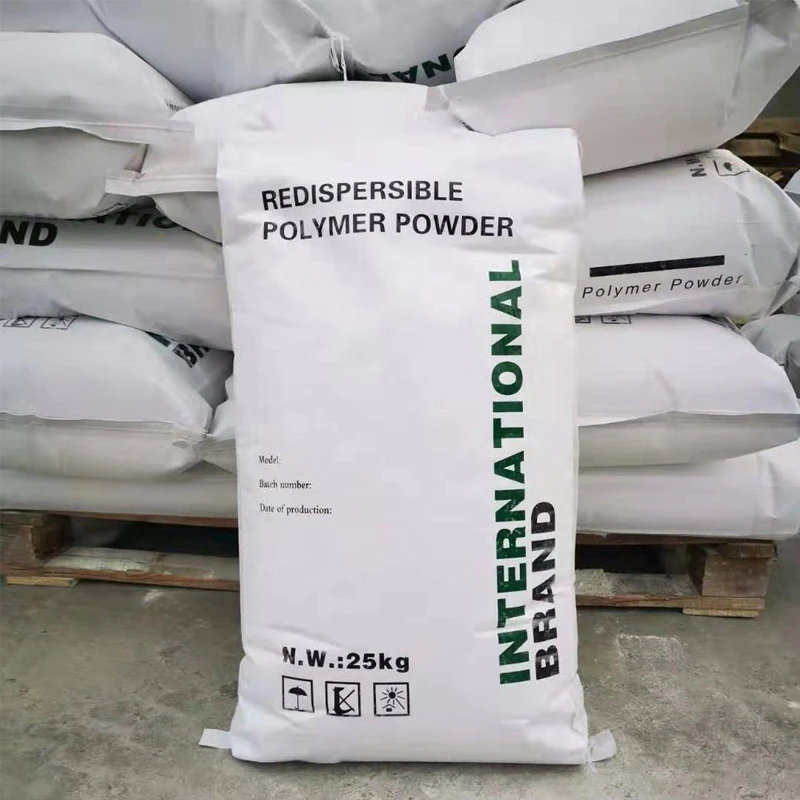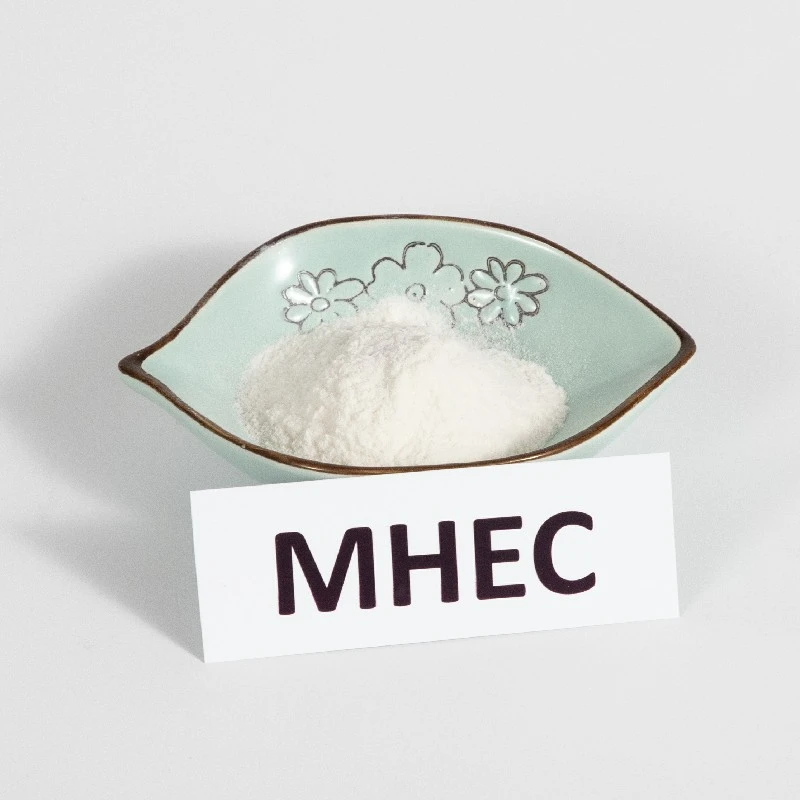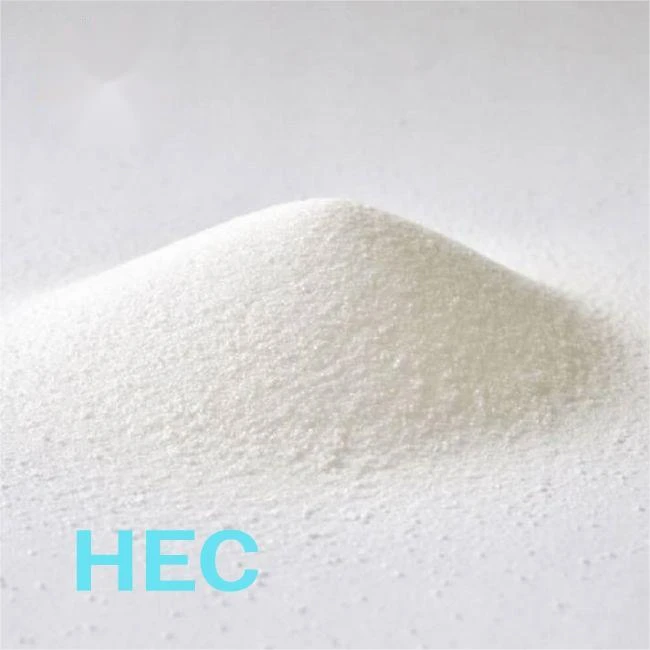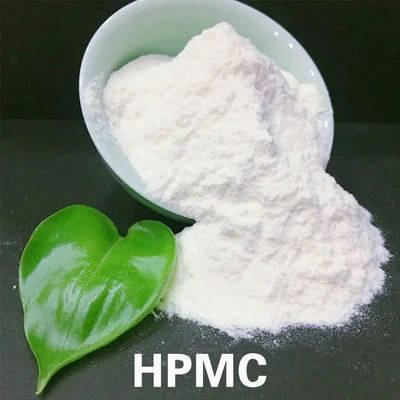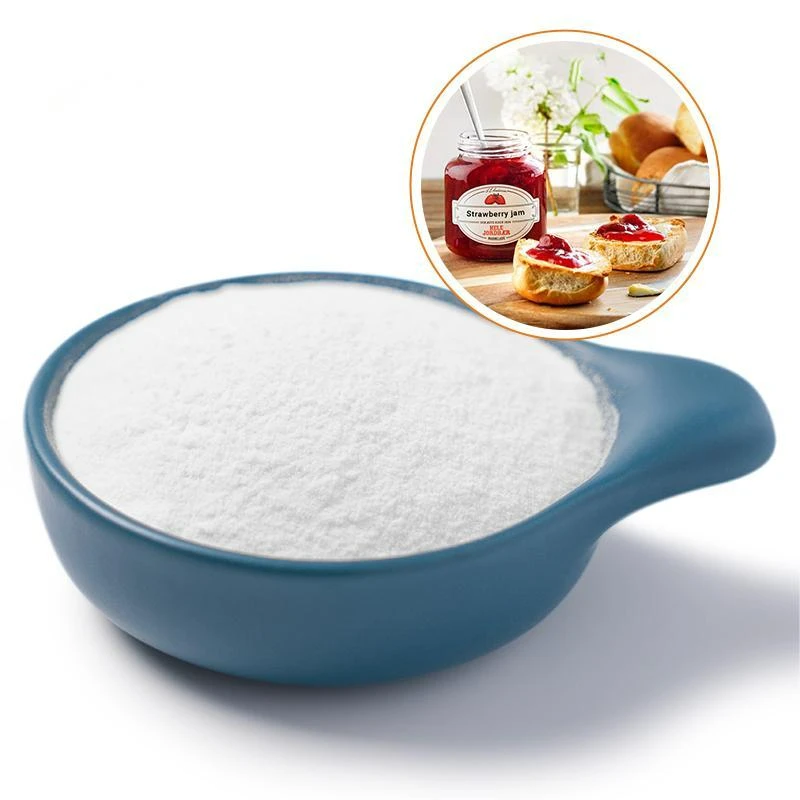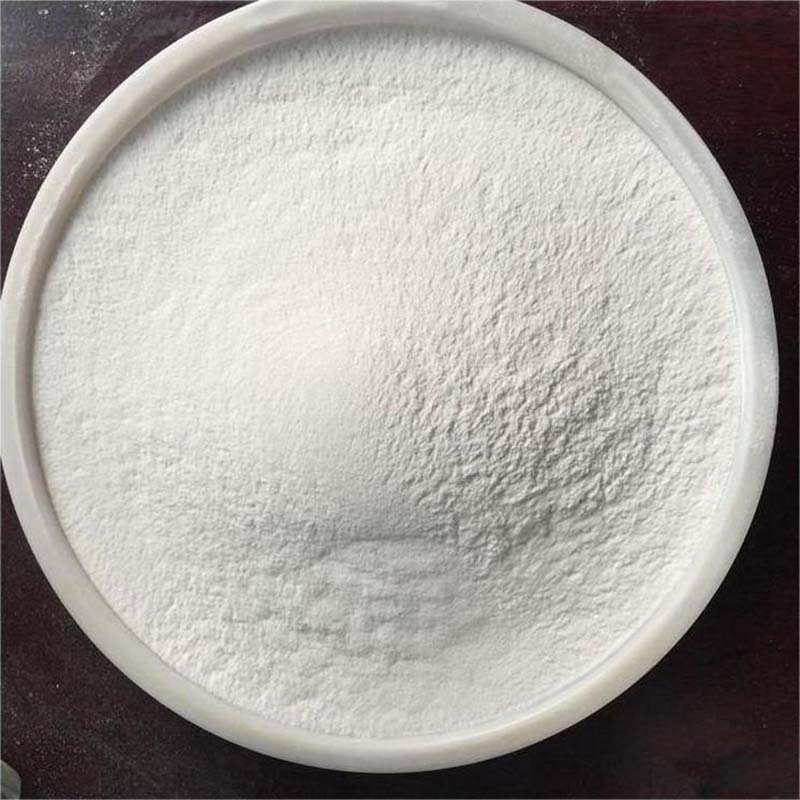The Indispensable Role of PVA in Plastering and Cement Applications
In the realm of construction and building finishing, Polyvinyl Alcohol (PVA) has emerged as a key component with far - reaching applications. Whether it's enhancing the properties of cement or playing a crucial role in the plastering process on various surfaces, PVA proves to be a versatile material. The terms pva cement, pva after plastering, pva before plastering, pva ceiling before plastering, and pva walls before plastering highlight different aspects of PVA's utilization in construction, each contributing to the overall quality and durability of the built environment.
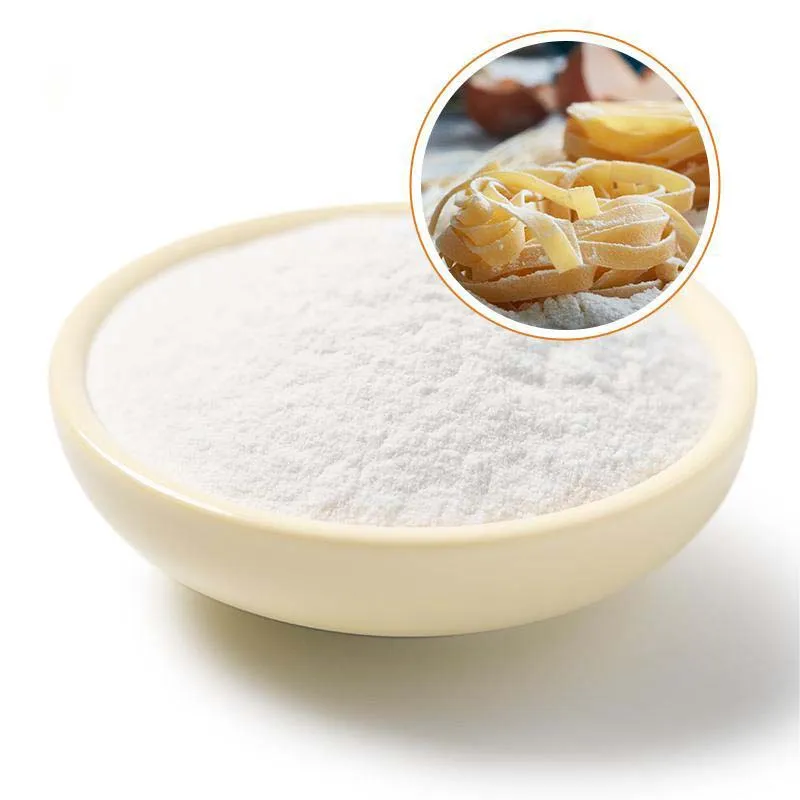
PVA Cement: Strengthening the Foundation
PVA cement represents a revolutionary combination that significantly enhances the performance of traditional cement - based materials. When PVA is incorporated into cement, it acts as a powerful additive that improves the physical and mechanical properties of the mixture. PVA forms a network within the cement matrix, increasing the cohesion between cement particles. This results in enhanced tensile strength, making the cement more resistant to cracking under stress. In construction projects such as building foundations, floors, and structural elements, PVA - modified cement offers greater durability, reducing the risk of long - term damage caused by factors like temperature changes, moisture, and mechanical loads.
Moreover, PVA cement exhibits better adhesion properties. It adheres more effectively to various substrates, including concrete, brick, and stone. This makes it an ideal choice for applications where a strong bond between different materials is required, such as in the repair and renovation of structures. The improved workability of PVA cement also allows for easier mixing and application, enabling construction workers to achieve a more consistent and high - quality finish.
The Significance of PVA Before Plastering
Applying PVA before plastering is a crucial step that sets the stage for a successful plastering job. On walls and ceilings, PVA acts as a primer, preparing the surface for the subsequent application of plaster. When applied to bare surfaces, PVA helps to seal the pores, preventing excessive absorption of moisture from the plaster mix. This ensures that the plaster sets properly, maintaining its strength and integrity. Without PVA, the substrate may absorb too much water from the plaster, causing it to dry prematurely, crack, or even fall off.
For pva walls before plastering, PVA also improves the adhesion of the plaster to the wall surface. It creates a smooth and even base, allowing the plaster to spread evenly and adhere firmly. This is especially important in older buildings or surfaces with irregularities, where PVA can help to bridge small gaps and imperfections, resulting in a more professional - looking finish. Similarly, for pva ceiling before plastering, PVA ensures that the plaster adheres well to the ceiling, preventing sagging or peeling over time.
PVA After Plastering: Protecting and Enhancing
After the plaster has been applied and dried, using PVA after plastering offers a range of benefits. PVA forms a protective film on the surface of the plaster, acting as a barrier against moisture, dirt, and other contaminants. This protective layer helps to preserve the appearance of the plastered surface, making it easier to clean and maintain. In high - traffic areas or environments prone to moisture, such as bathrooms and kitchens, PVA - treated plaster is more resistant to water damage, mold growth, and staining.
Furthermore, PVA after plastering can enhance the aesthetic appeal of the surface. It can give the plaster a smoother, more polished look, and can also be used as a base for painting or applying other decorative finishes. The film formed by PVA provides a more uniform surface for paint to adhere to, resulting in a more even and long - lasting paint job.
FAQs about PVA in Plastering and Cement
Proper Application Techniques for PVA Cement
When using PVA cement, it's essential to follow the correct application techniques. First, ensure that the mixing ratio of PVA to cement is accurate according to the manufacturer's instructions. Mix the PVA solution thoroughly with the dry cement and other aggregates. During application, use appropriate tools and methods to achieve an even layer. For larger surfaces, a trowel or sprayer can be used. It's important to work quickly while the mixture is still workable, as PVA - modified cement may dry faster than traditional cement. After application, allow the PVA cement to cure properly under the right conditions of temperature and humidity for optimal strength development.
Preparing Surfaces for PVA Application Before Plastering
Before applying PVA before plastering, the surface must be clean, dry, and free of dust, grease, and loose particles. For walls and ceilings, remove any existing paint, wallpaper, or debris. Fill in large cracks or holes with an appropriate filler and sand the surface to create a smooth finish. In the case of concrete surfaces, ensure that they are properly cured and free of any laitance. Once the surface is prepared, apply the PVA solution evenly using a brush, roller, or sprayer, making sure to cover the entire area to be plastered. Allow the PVA to dry completely before applying the plaster.
Choosing the Right PVA Product for Different Applications
There are various types of PVA products available in the market, each formulated for specific applications. When selecting PVA for cement modification, look for products that are specifically designed for use in construction and have good compatibility with cement. For pre - plastering applications, choose a PVA primer that offers excellent adhesion and sealing properties. Consider factors such as the type of substrate (e.g., concrete, brick, gypsum board), the environmental conditions of the project, and the desired finish. It's also advisable to consult with construction experts or refer to product datasheets to make an informed decision.
Maintenance and Long - Term Care of PVA - Treated Surfaces
To ensure the long - term durability of PVA - treated surfaces, regular maintenance is important. For surfaces treated with PVA after plastering, clean them regularly with a mild detergent and water to remove dirt and stains. Avoid using abrasive cleaners or tools that may damage the PVA film. In areas prone to moisture, such as bathrooms, ensure proper ventilation to prevent the growth of mold and mildew. If the PVA - treated surface shows signs of wear or damage over time, it may be possible to reapply a thin layer of PVA or a suitable protective coating to restore its protective and aesthetic properties.
Potential Challenges and Solutions When Using PVA in Plastering
One potential challenge when using PVA in plastering is improper mixing or application, which can lead to inconsistent results. To address this, always follow the recommended mixing ratios and application methods. Another issue may be the incompatibility of PVA with certain types of plasters or substrates. Conducting small - scale tests before full - scale application can help identify and resolve such compatibility problems. Additionally, if the PVA is not allowed to dry or cure properly, it may not provide the desired performance. Ensure that the application and drying conditions are optimal, and allow sufficient time for the PVA to fully develop its properties.
-
Unveiling the Diverse Applications of Polyvinyl Alcohol (PVA)소식Jul.17,2025
-
The Role and Varieties of PVA in Wall Preparation and Beyond소식Jul.17,2025
-
The Multifaceted World of Carboxymethyl Cellulose소식Jul.17,2025
-
The Diverse Applications of Carboxymethyl Cellulose소식Jul.17,2025
-
Exploring the Multifaceted Applications of PVA소식Jul.17,2025

